Optimal Seasons for Privacy Fence Installation
Spring offers moderate weather and longer daylight hours, making it ideal for outdoor projects like fence installation.
Summer provides extended daylight but can bring higher temperatures, which may affect work pace and material handling.
Fall typically has cooler temperatures and less rainfall, allowing for efficient installation before winter.
Winter presents cold temperatures and potential snow, which can delay or complicate installation efforts.
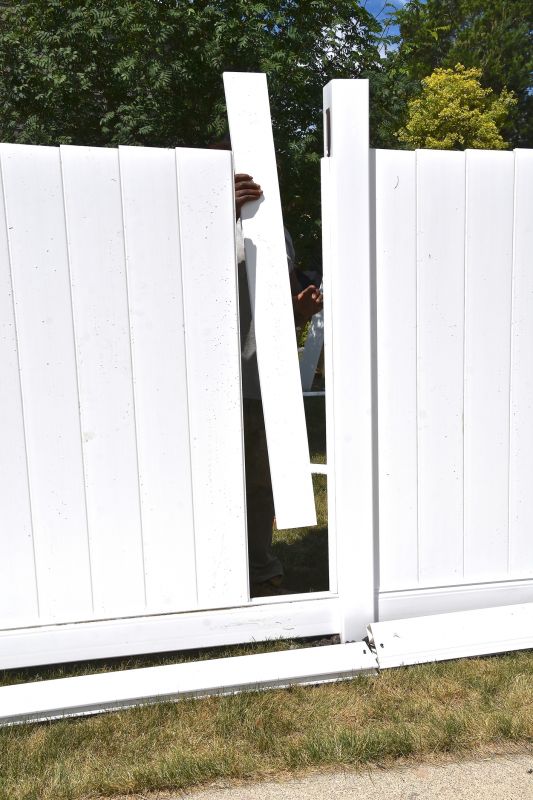
Workers installing a privacy fence during spring with blooming trees in the background.
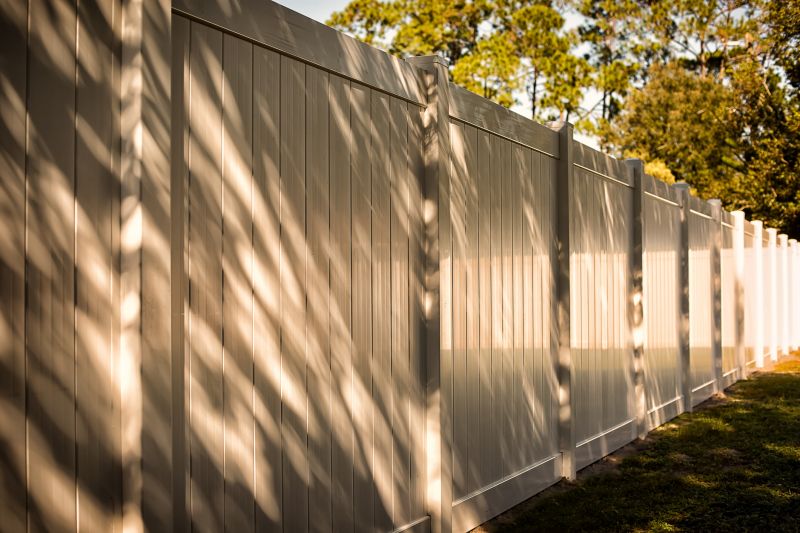
A team working on a privacy fence under bright summer sun.
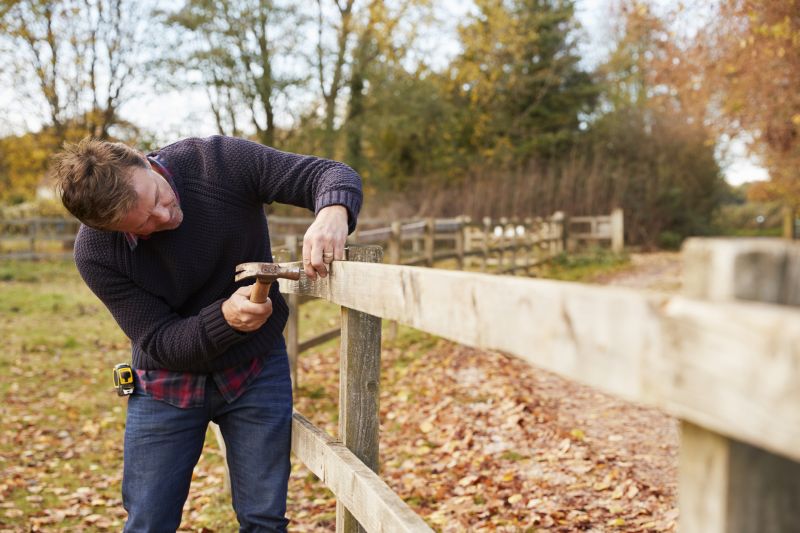
Fence installation in autumn with colorful foliage around.

A partially completed fence with snow on the ground during winter.
Privacy fence installations are a popular choice for enhancing outdoor privacy, security, and aesthetic appeal. Proper planning around seasonal conditions ensures a successful project. Weather impacts not only the ease of installation but also the longevity of the fence, with dry, moderate conditions reducing the risk of warping or damage.

Workers installing a privacy fence with a clear sky overhead.
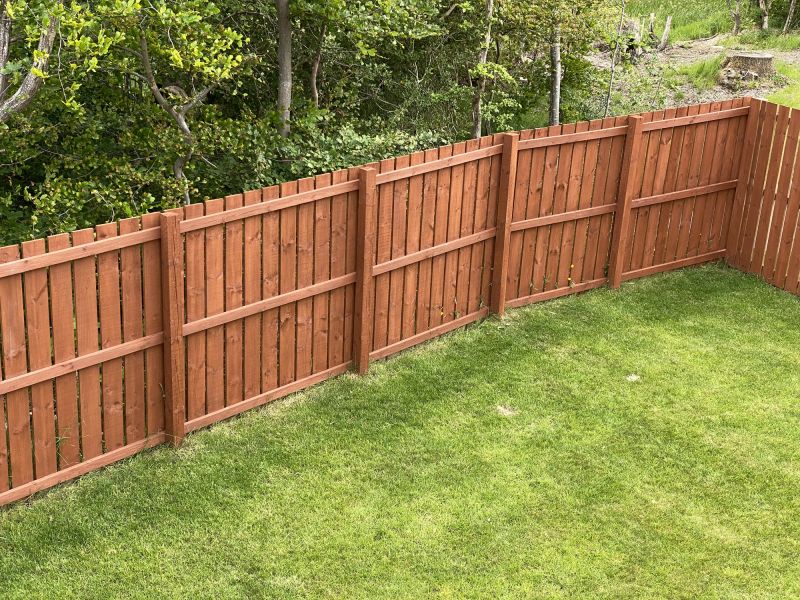
A completed privacy fence providing seclusion in a backyard.
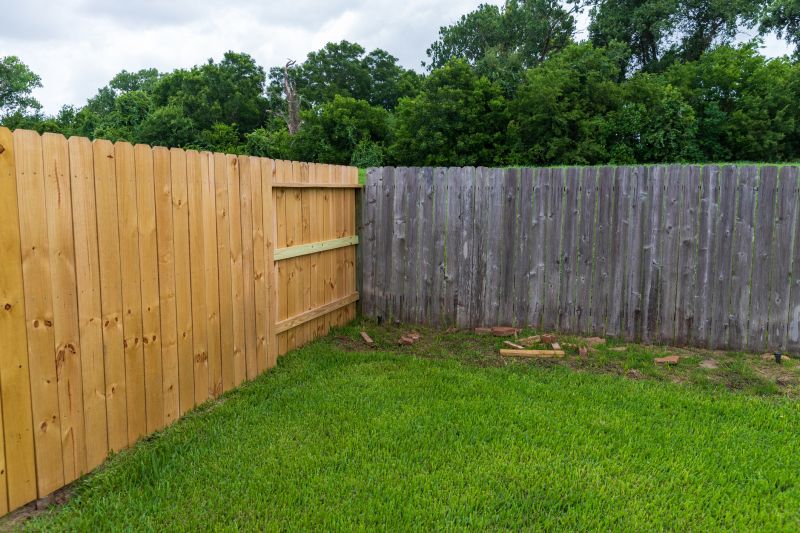
Close-up of fence panels and posts ready for installation.
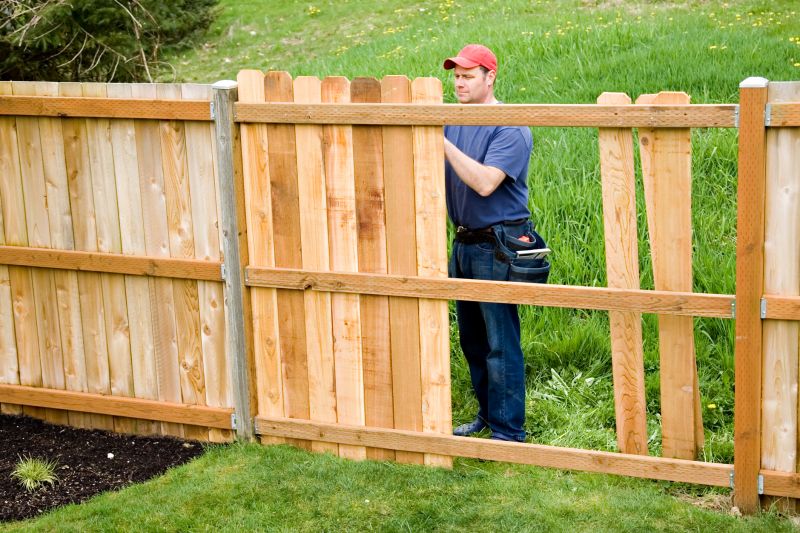
Various tools used in privacy fence construction displayed on-site.
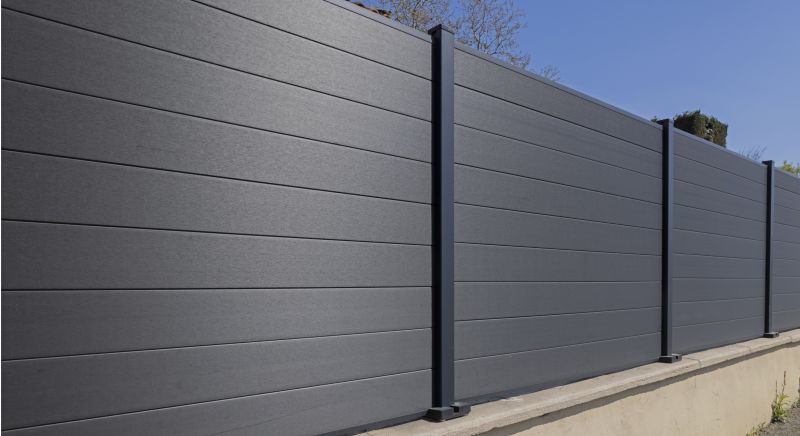
Ways to make Privacy Fence Installations work in tight or awkward layouts.
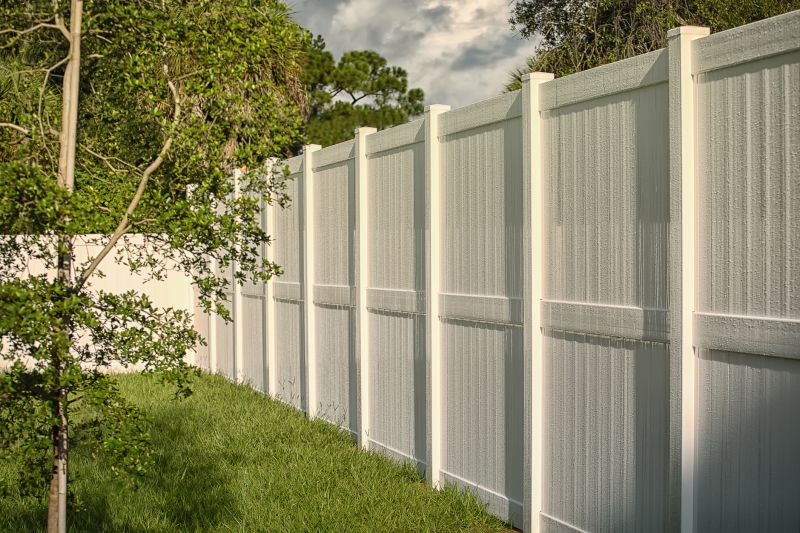
Popular materials for Privacy Fence Installations and why they hold up over time.

Simple add-ons that improve Privacy Fence Installations without blowing the budget.
| Season | Ideal Conditions |
|---|---|
| Spring | Moderate temperatures, dry soil, longer daylight hours |
| Summer | Extended daylight, but higher temperatures and potential heat stress |
| Fall | Cooler temperatures, less rain, optimal for outdoor work |
| Winter | Cold temperatures, snow, and frozen ground present challenges |
Selecting the right season for privacy fence installation can lead to better results and longer-lasting structures. Planning around weather patterns and soil conditions ensures efficient work and minimizes delays. Proper timing can also help in managing costs and scheduling for outdoor projects.
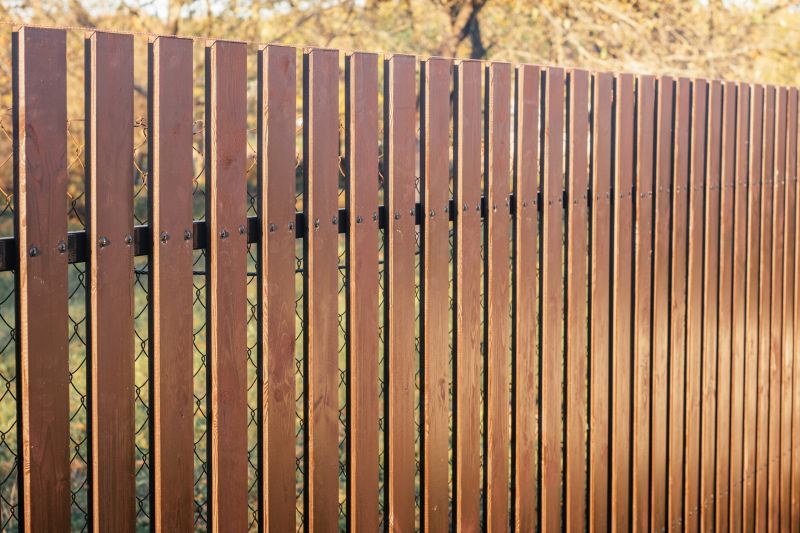
A contractor reviewing plans outdoors during optimal weather.

Active construction site with workers assembling a privacy fence.
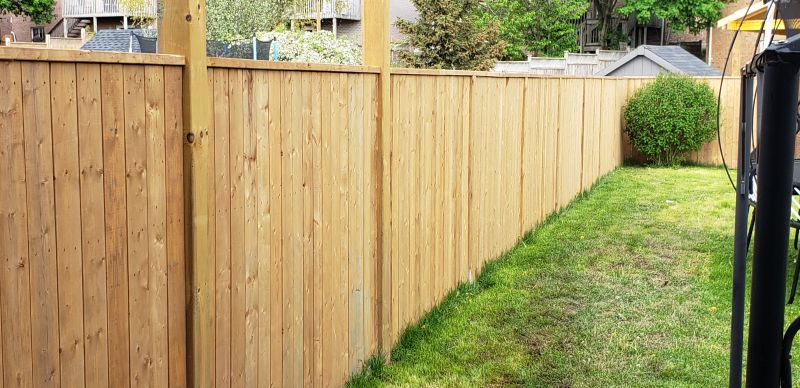
A finished privacy fence surrounding a backyard.
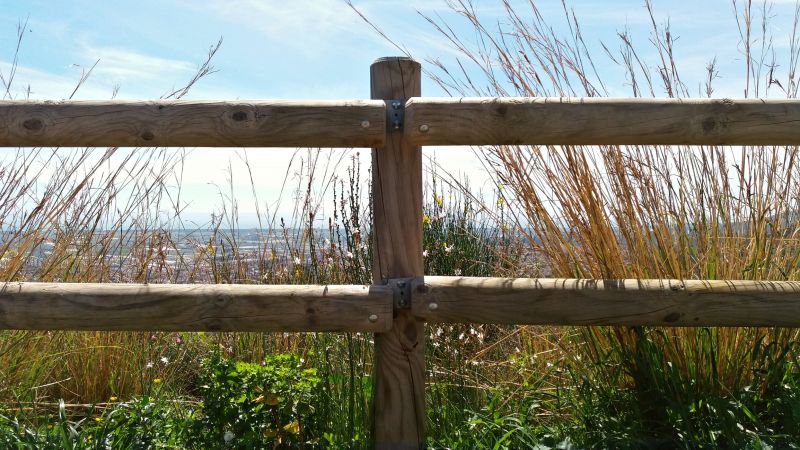
Close-up of fence posts being set in prepared soil.
Interested in scheduling a privacy fence installation? Filling out the contact form can provide more information and help plan the project at a suitable time. Proper timing ensures the fence meets expectations for privacy, durability, and appearance.



